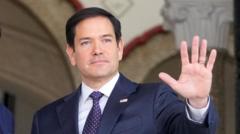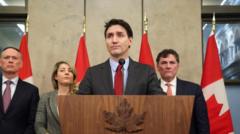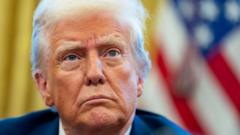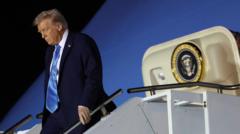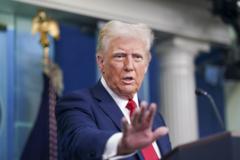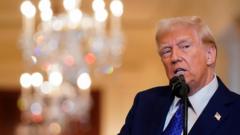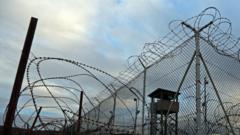In the wake of a clean energy boom, questions loom over the future with potential political shifts threatening progress.
The Future of Clean Energy in the U.S. Faces Uncertainty Amid Election Changes

The Future of Clean Energy in the U.S. Faces Uncertainty Amid Election Changes
As the election approaches, the fate of the Inflation Reduction Act and U.S. clean energy growth hangs in the balance.
In recent years, the United States has witnessed an unprecedented surge in clean energy manufacturing, leading to a remarkable increase in factory construction—record levels not seen in over fifty years. From skyrocketing sales in electric vehicles to a boom in solar power installations, it seems all states, including those with Republican leadership like Montana and Utah, are crafting climate action plans to tap into federal funding.
However, the transformative legislation underwriting this clean energy momentum, the 2022 Inflation Reduction Act, finds itself at a crossroads as the country heads into a pivotal election. Former President Donald J. Trump has voiced intentions to dismantle this landmark law if re-elected, proclaiming he would eliminate a projected $1.2 trillion investment intended for renewable energy technologies such as wind energy, solar panels, nuclear power, carbon capture, and electric vehicles, in addition to creating and supporting the manufacturing necessary for these initiatives. “My plan will terminate the Green New Deal, which I term the Green New Scam,” Trump stated recently, indicating plans to rescind any unspent funds within the Inflation Reduction Act.
On the contrary, Vice President Kamala Harris, instrumental in passing the law with a tiebreaking Senate vote, is poised to advocate for its expansion to accelerate clean energy progress and decrease greenhouse gas emissions. This would necessitate faster federal permit processes and tackling local opposition as well as addressing challenges related to electric grid limitations.
Despite the Inflation Reduction Act's designation as the most significant climate legislation in U.S. history, experts caution that it is still too early to assess its substantive impact on the clean energy landscape, adding an air of uncertainty to what should be an exciting time for sustainable innovation.

